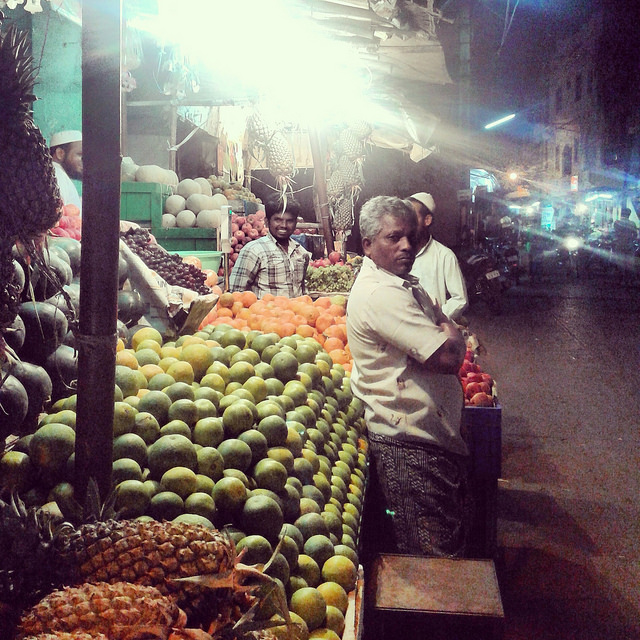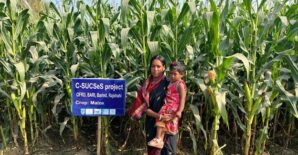Cross-posted from the ifpri.org website written by Pamela Stedman-Edwards
IFPRI’s recent 40th anniversary provides an opportunity to take stock of the Institute's policy influence and impact over the years. Has IFPRI been a worthwhile undertaking? What does available evidence tell us about IFPRI’s impact on food policies? How can we increase IFPRI’s influence in the future? This series of posts explores the research gauging the impact of our programs around the world.
High-value agriculture (HVA)—shorthand for production of perishable agricultural commodities, such as fruits and vegetables, that typically yield high returns in the market—has been growing for the past few decades, thanks mostly to expanding large-scale farming operations. But can it benefit smallholders too? This question has been the subject of IFPRI research since the early 1990s. A recent external evaluation by Jonathan Kydd assessed the impact of IFPRI’s HVA work from 1994 to 2010.
Over this period, IFPRI examined global structural changes in high-value markets and what they mean for poverty and sustainability; carried out in-depth studies of growth in livestock production; and did quantitative research on what shapes smallholder participation in HVA.
In India, the research shows HVA has great potential for smallholders, who dominate agriculture. Across the country, there has been a notable shift in consumption from cereals to HVA foods, particularly in rural areas. This helped boost employment, a potential boon for poorer farmers. HVA growth leads to changes across the agricultural value chain, from poor farms to investors in infrastructure to the modern retail sector. IFPRI’s research in India included strong quantitative work, particularly case studies, on salient HVA issues—such as the rapid evolution of potato value chains and contract farming. This work led to a number of published articles. However, policy impacts have apparently been limited; in part because India’s policy makers showed little enthusiasm for the changes, and did little to promote them.
IFPRI’s advice on HVAs shaped thinking about how to help smallholders adapt to new crops with different growing cycles and markets. IFPRI has argued that with the right policies, the HVA model of modernization can be pro-poor—benefiting both poor producers and low-income consumers. In India, IFPRI benefited from a well-established presence and links with policy makers through its local office to share its research; nevertheless, government response to HVA has been largely reactive. The impact evaluation suggests that stronger evidence-based narratives can help policy makers understand and support reforms that would improve participation by the poor.




